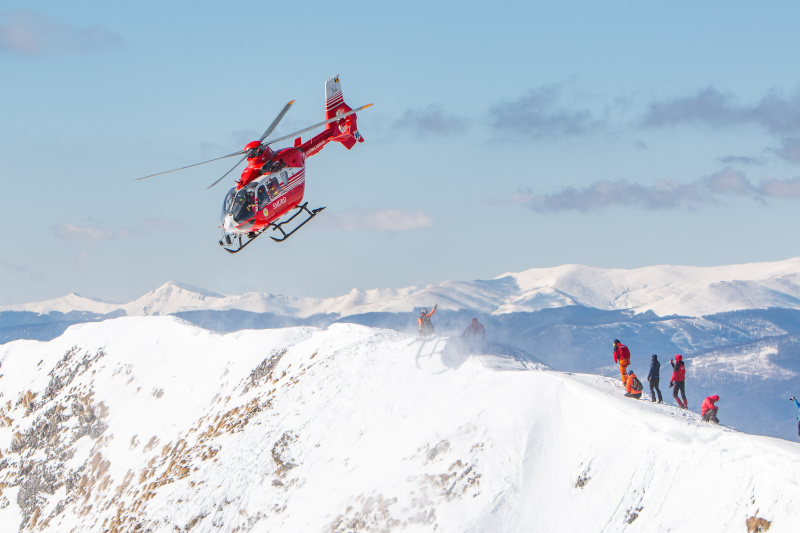
Rescue at high altitude: the history of mountain rescue in the world
From European Origins to Global Mountain Rescue Modernization
European Roots and Their Development
Mountain emergency response has its origins in 19th-century Europe, stemming from the necessity to address incidents and crises in mountainous settings. In France, for instance, mountain rescue operations are primarily overseen by the Gendarmerie Nationale and the Police Nationale, featuring specialized units for search and lifesaving, mountain area monitoring, accident prevention, and public safety. In Germany, the mountain emergency service, known as Bergwacht, has evolved following a similar approach. In Italy, the National Alpine and Speleological Rescue Corps (CNSAS) serves as the principal organization for mountain emergency response, closely collaborating with air medical rescue services.
Progress in the United Kingdom and Ireland
In the United Kingdom, volunteer-based mountain emergency response teams offer their services free of charge. Each team functions as an autonomous entity and cooperates with other regional and national organizations, such as Mountain Rescue England and Wales (MREW) and the Mountain Rescue Committee of Scotland. In Ireland, mountain emergency response services operate under the auspices of Mountain Rescue Ireland, which covers regions across the island of Ireland, encompassing both the Republic and Northern Ireland.
The Role of Technology and Training
Technology and training have played a pivotal role in advancing mountain emergency response. With the introduction of new equipment and methodologies, the effectiveness and safety of mountain emergency operations have improved. Today, many mountain emergency response units employ helicopters and other cutting-edge resources to address emergency situations, while ongoing training ensures that responders are well-prepared to handle a wide range of rescue scenarios.
A Worldwide Service for Mountain Safety
Mountain emergency response has expanded globally, with countries around the world developing their own systems and approaches tailored to their specific mountainous terrains. This essential service continues to evolve, adapting to the challenges posed by climate change and the growing recreational activities in mountainous areas, all while prioritizing the safety of visitors and mountain residents.
Sources


